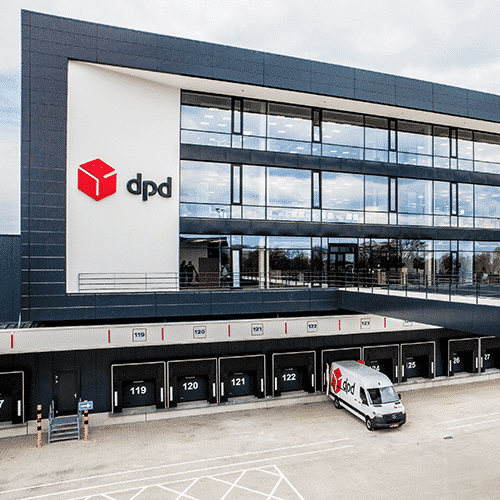Hybrid IT -management: maximum security and compliance
After my previous blog entry that focused on the core values of continuity and performance , I’m going to take a closer look this time at the core values of maximum security and compliance. How does your hybrid IT solution score in those terms? They are two aspects that often go hand in hand, so I’m going to discuss them together Good security is essential, given that legislation, certifications and other regulations mean that we have to protect a great deal of information nowadays. Numerous organizations are obliged to report on their cybersecurity, even if it’s only to show the board that intellectual property is being kept secure, for instance.
The risk of data theft increases when that data is kept at multiple locations. It is also important to determine precisely what systems are involved, what data is stored on them and where the vulnerabilities are. As well as knowing which people within the organization actually have access to it. We check all that before migrating data to the cloud and moreover look to see if the information is still relevant for your organization, because data that doesn’t matter anymore can be deleted or archived. That may sound simple, but it isn’t. It demands clear and detailed policies that are actively maintained, policies that are moreover monitored so that the requisite evidence is available in the event of an audit or other inspection. The following solutions can be hugely helpful in restricting the risks to a minimum:
Identity & Access management (IAM)
It is unfortunately far from unusual: a malicious individual posing as an employee and trying to break into the environment, your SaaS application or some other resource. That becomes all the easier when an IT environment’s hybrid nature means it is located in multiple physical locations. A good IAM solution is a help, as it prevents the user database from becoming outdated and contaminated and makes it much easier to manage. Adding multi-factor authentication (MFA) reduces the risks of unauthorized access to your environment even further. This is already mandatory for various SaaS applications. A single sign-on dashboard, so that a user only needs to log in once to get access to all the business applications through a single secure interface, offers added value to your users in terms of both adoption and ease of use and enjoyment.
Data management, risk and compliance
The type of business information that poses the greatest risk is the unstructured dataset. This refers to data that is not stored in an application or database but can still reside on a multitude of platforms and locations: file servers, SharePoint environments, e-mail environments, OneDrive, GSuite or Office 365. Such data is often outdated, uncategorized and without any identifiable owner within the organization. The security risks can be resolved by a targeted audit. Intelligently measuring whether data is still being used can let us determine whether data is still relevant and ought to be retained. Classifying it intelligently lets us determine how important data is for your organization. Rights, roles and user groups are set up on that basis so that policies are supported and compliance requirements are met. Alerting can be introduced so that abnormal data usage is automatically reported and action can be taken in time. Data management can add significant value for complying with legislation and regulations, and for certifications and your own risk awareness.
Firewall and security monitoring
Good security naturally requires a good firewall and close monitoring of the network traffic. The Next Gen Firewall not only acts as a gatekeeper but is also capable of identifying suspicious traffic, backed up by behavioural analysis and artificial intelligence. Mapping the hybrid environment rigorously lets us set up targeted gatekeepers and determine what intelligence is needed at what points in the network. This type of enterprise security monitoring can also be purchased as a service. You will then get a high-quality and up-to-date implementation of your environment at an agreeable price. And yes, you will be completely unburdened.
There are numerous other solutions, of course, such as vulnerability management, which accurately detects vulnerabilities in your technology, software, configuration and policies. The take-home message here is that good security is crucial!
But before you purchase or rent a solution, it is important to have a proper vulnerability analysis of your existing components, processes, software and services. Only then will you know precisely what will help your organization.
This blog entry has covered the second pair of key issues in this series of posts on the pitfalls of hybrid IT management and recommendations for handling it. These blogs give information for everyone who has plans to change to a Hybrid-IT concept, or who already has a Hybrid-IT concept, but wonders if this still fits. The next blog post will be about two more core values, scalability and the systems admin workload.


